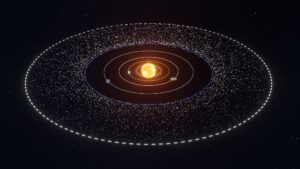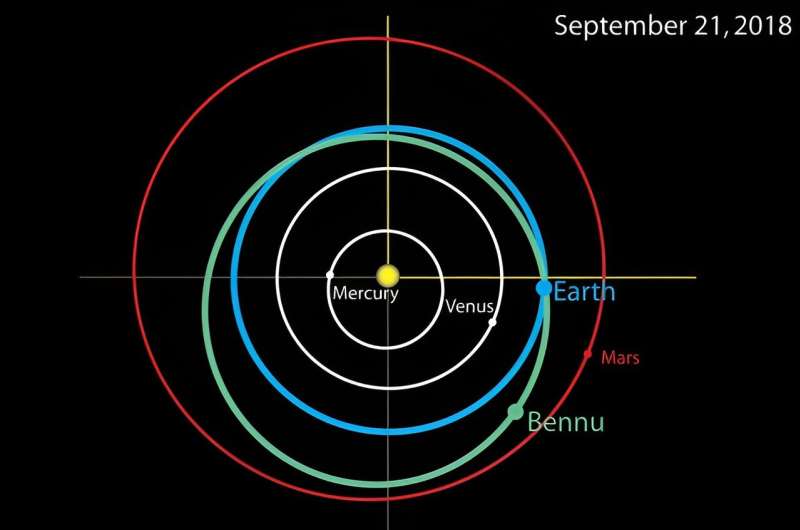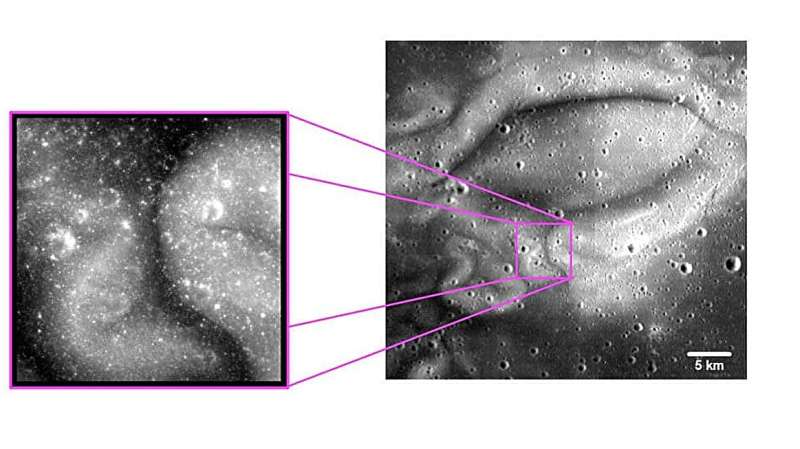
Discover The Kuiper Belt
The Kuiper Belt is a super cool part of space. It’s full of icy objects and dwarf planets like Pluto. These objects tell us a lot about our Solar System. In this article, we’ll look at what makes up the Kuiper Belt, the special objects there, and the missions exploring



















